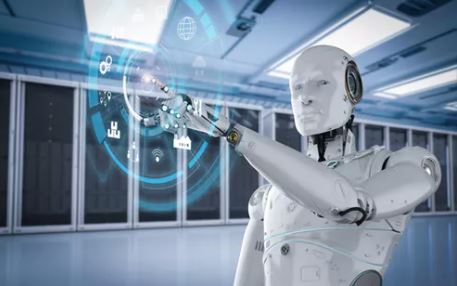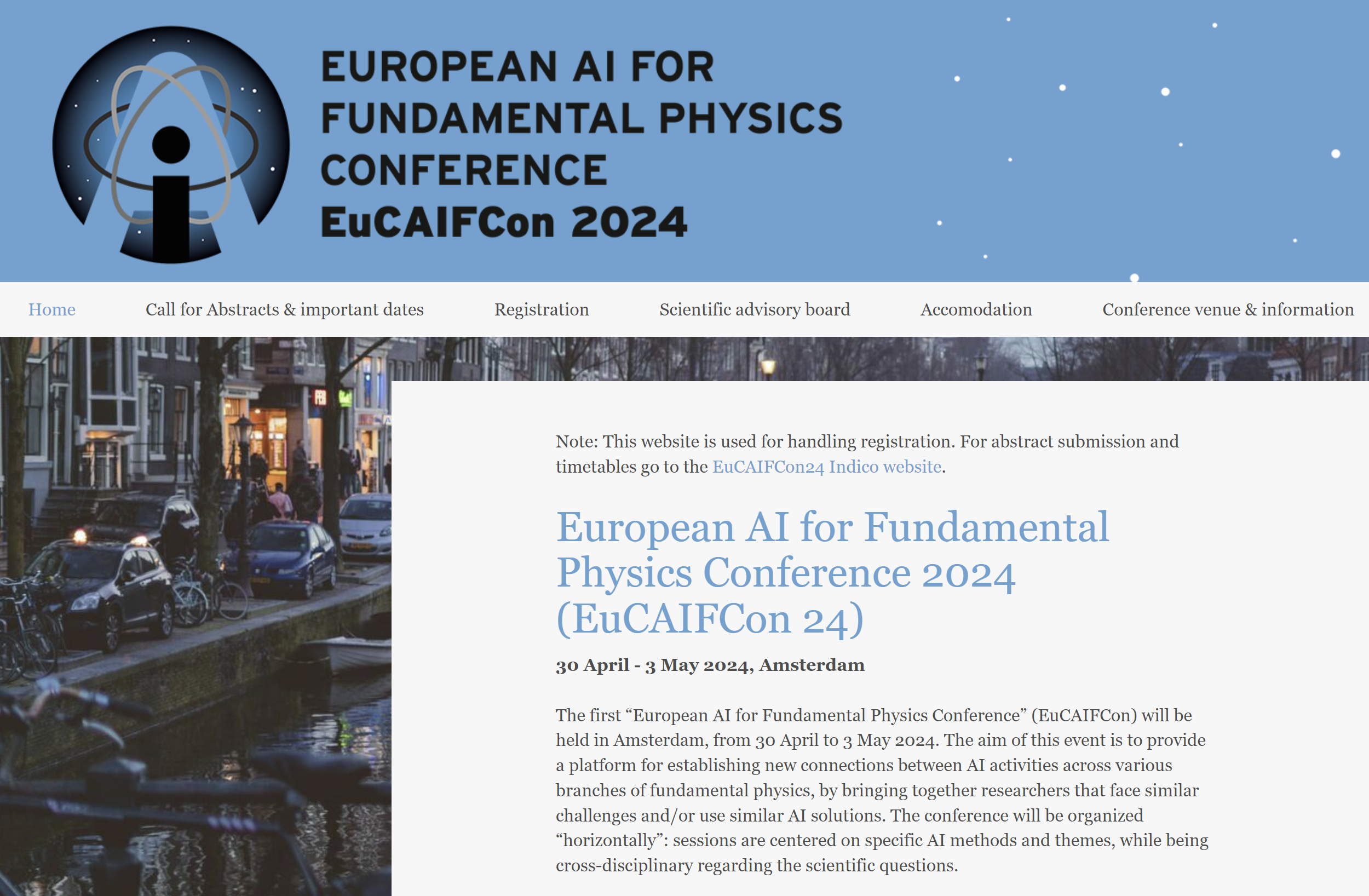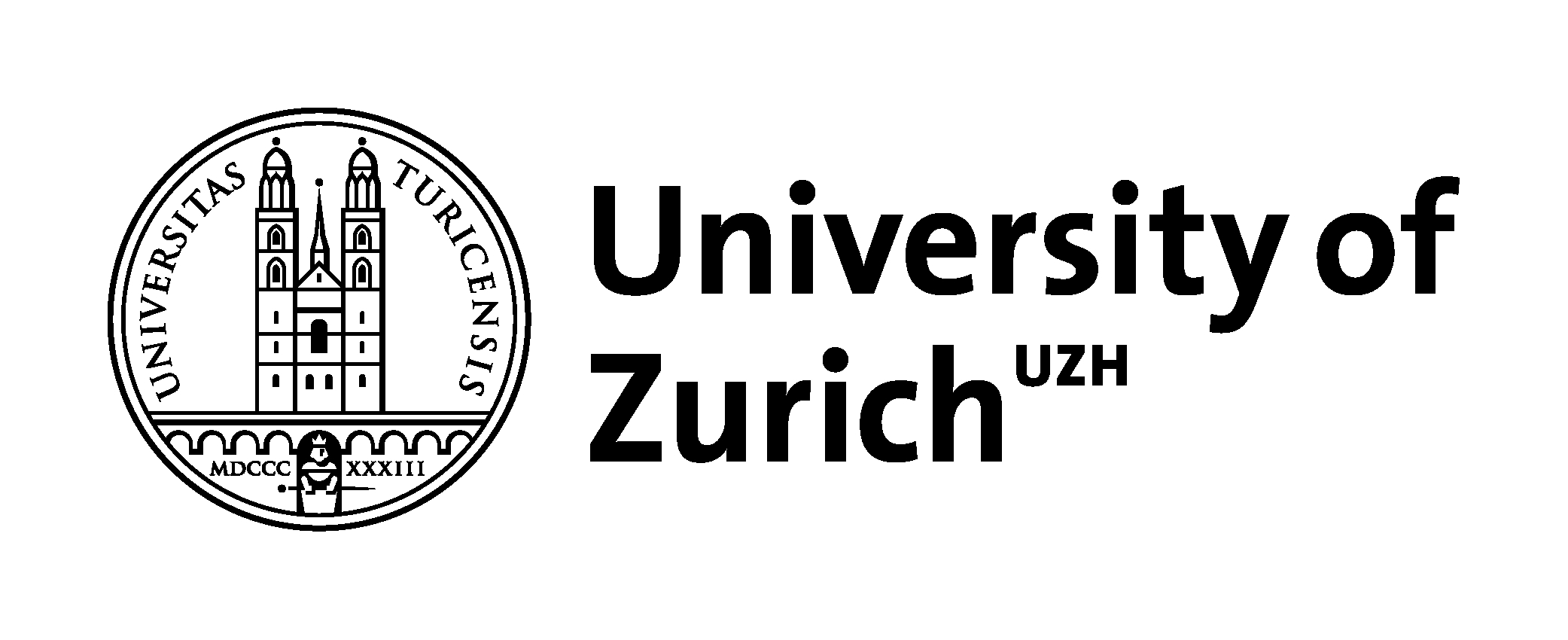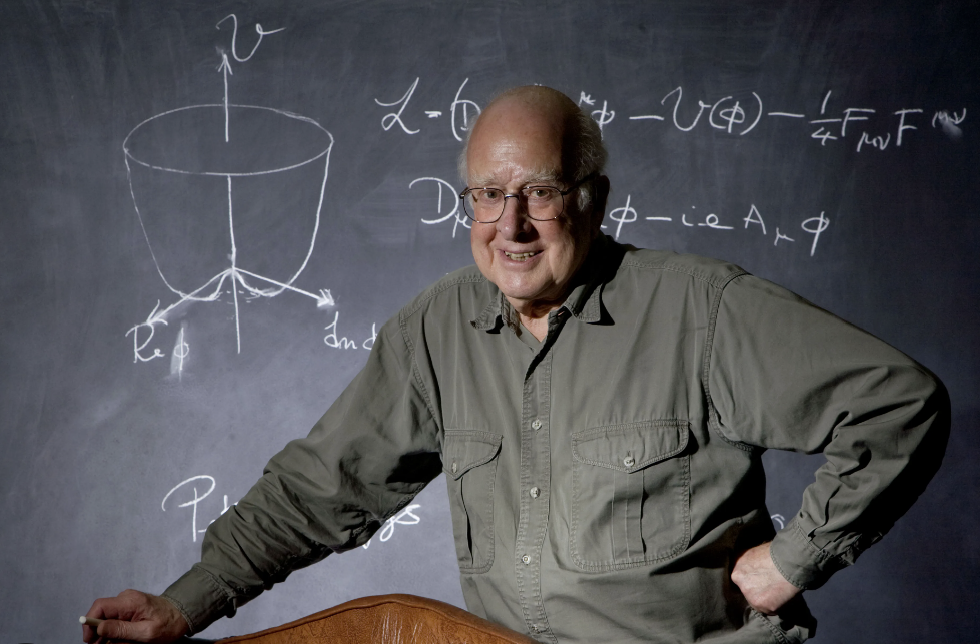"A male astrophysicist talks physics to the astronomers and astronomy to the physicists, but then he meets another astrophysicist, and they discuss women."
Unknown
Have you ever seen a galaxy ?
I mean, not a picture of one. The real thing. A picture is a representation of reality, and as such it conveys to our senses only a pale suggestion of the stimulation that experiencing the real thing provides. In a world where images, still and in motion, have a dominant role in our lives, we tend to forget how different are some things when we experience them directly.
I was delighted to receive news this afternoon of three new interesting results produced by the DZERO collaboration in the analysis of Quantum Chromodynamics (QCD) processes.
QCD, the theory of strong interactions between quarks and gluons, is the "boring" part of the physics of high-energy hadron-hadron collisions. It used to be more more exciting twenty years ago, when the theoretical calculations were not as refined as they are now, and there was still a lot to understand in the physics of strong interactions between quarks and gluons. But nowadays, things are much more clear.
How do we fix science journalism ? Simple: we don't. We let it sink, and be reborn in a different form.
It is rather utopic to insist that in a world of changing means of communications, a world where printed matter is losing ground to the advantage of electronic media, the diffusion of scientific information may or shall stay the same.
The CDF collaboration, which runs one of the two proton-antiproton collider experiments at the Fermi National Accelerator Laboratory since the early eighties, has published hundreds of scienticif papers in the course of its 25 years of operation. I believe the number has abundantly surpassed the half-thousand mark, but I am unaware of its exact entity.
On March 8th, international women day, the CMS experiment at CERN will be run almost entirely by women. 32 of the 34 shifts needed to run our experiment will be covered by women scientists of our Collaboration - which counts 588 women overall.
I think this is great news and a very good idea. 588 women scientists are quite an impressive force! And believe me, most of them really do kick ass!!
 Move Over - The Talk I Will Not Give
Move Over - The Talk I Will Not Give Shaping The Future Of AI For Fundamental Physics
Shaping The Future Of AI For Fundamental Physics On Rating Universities
On Rating Universities Goodbye Peter Higgs, And Thanks For The Boson
Goodbye Peter Higgs, And Thanks For The Boson








